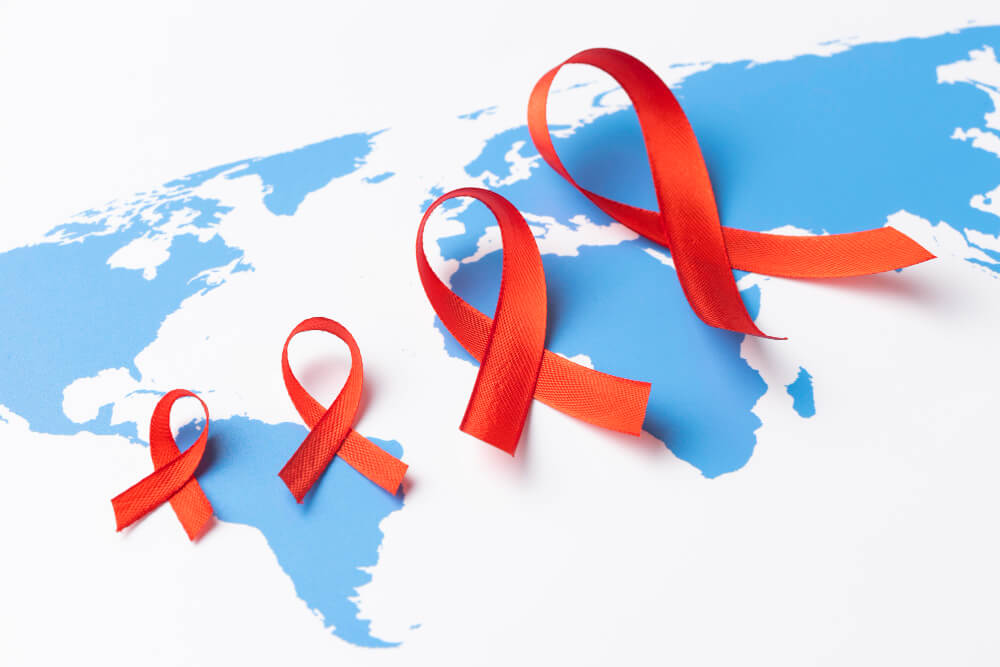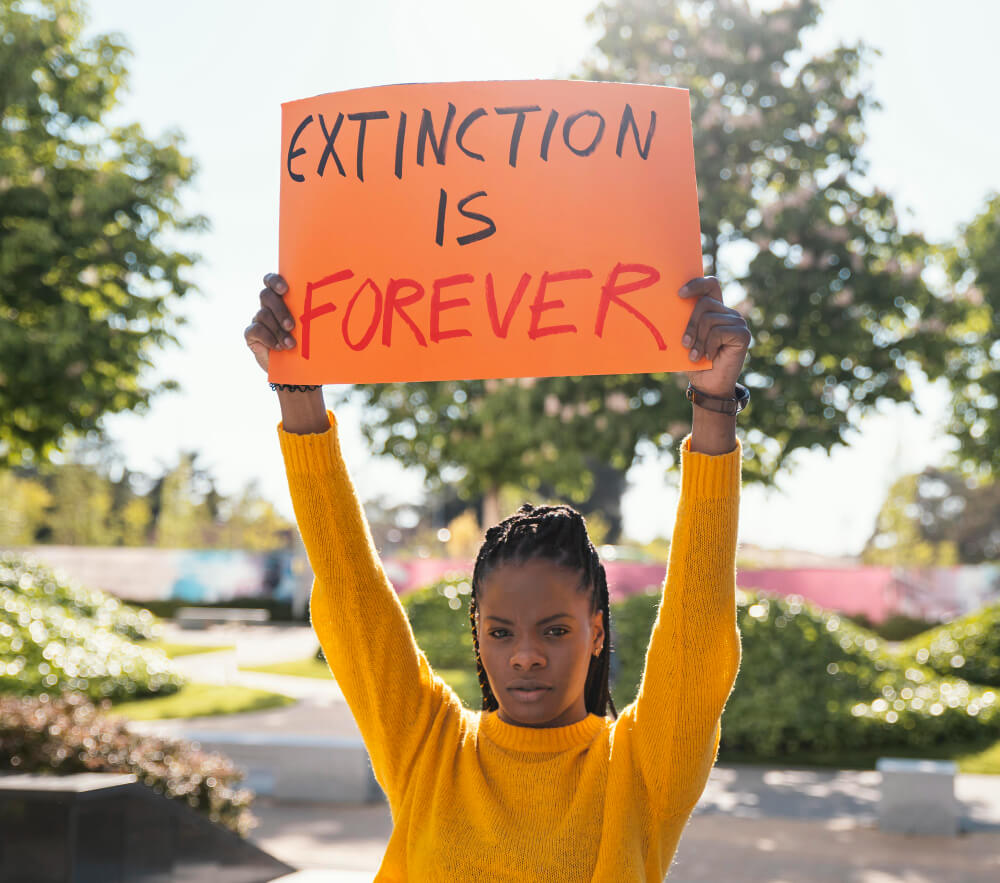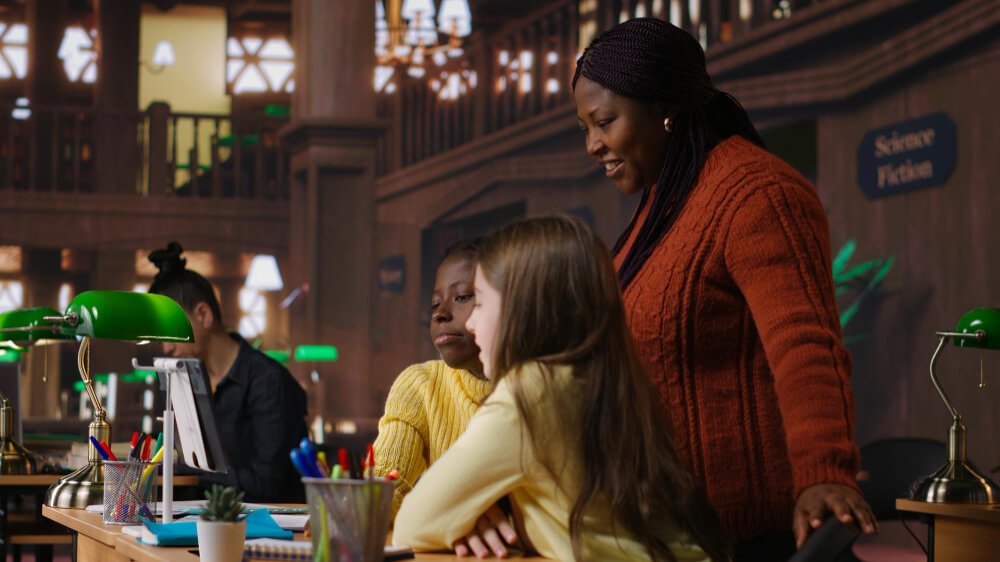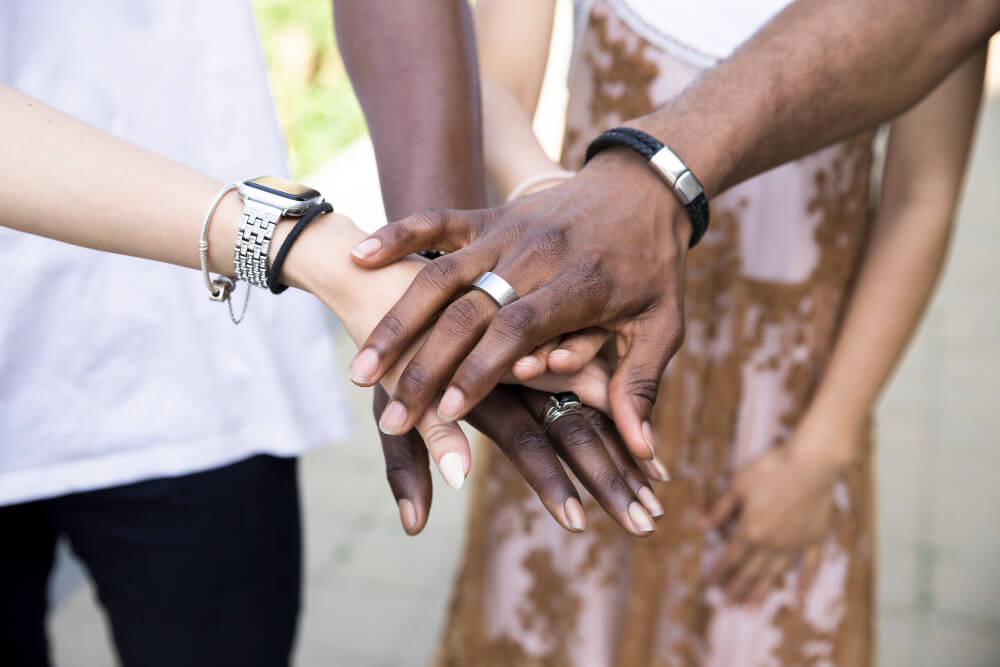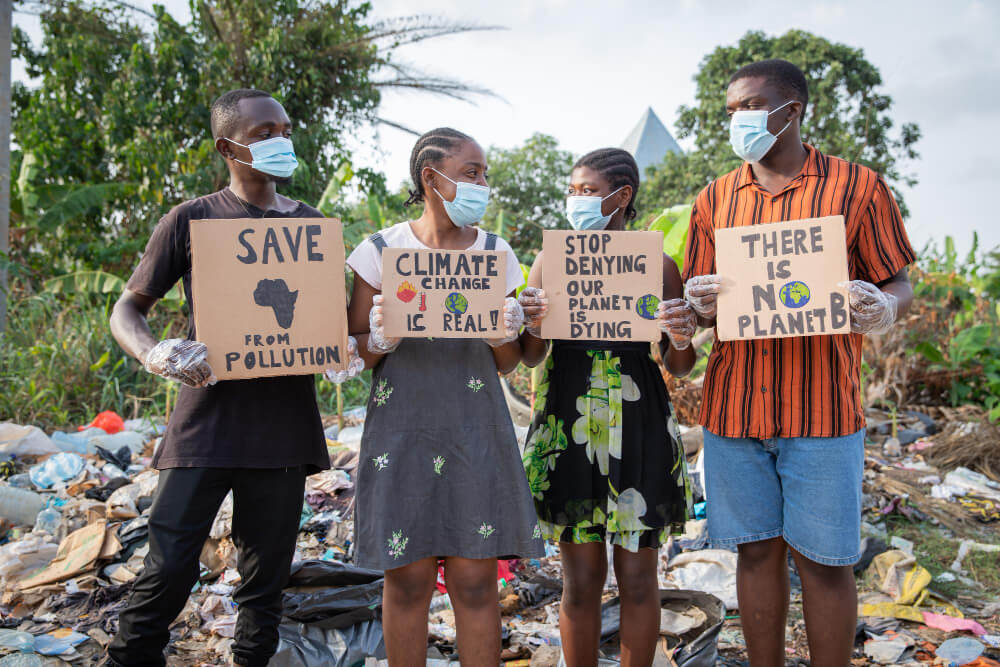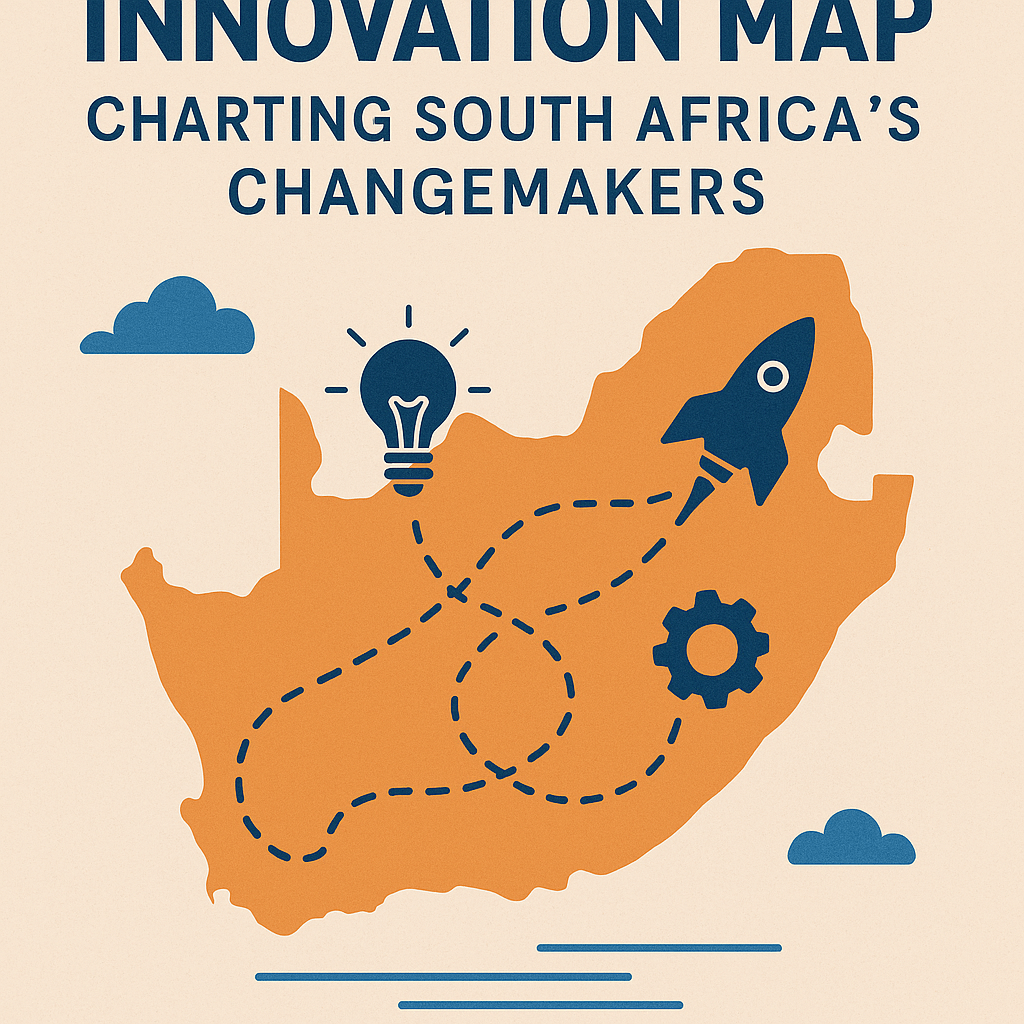In some corners of the world, HIV is a headline from the past.
In South Africa, it’s still a reality—one that people wake up to, live with, and fight through, daily.
But here’s the difference: it’s no longer a sentence. It’s a story of survival, of science catching up to suffering, and of communities refusing to let shame have the final word.
The Journey So Far: A Hard Road, Still Travelled
South Africa holds the largest HIV-positive population in the world—over 7.5 million people. For decades, this meant fear. Families lost parents, young people buried friends, clinics overflowed, and stigma silenced voices that needed to be heard the most.
Yet something remarkable unfolded alongside the pain: resilience.
Ordinary people became activists. Mothers became educators. Doctors became warriors. The country didn’t just endure the crisis—it reshaped the global conversation around it.
What Has Changed—and What Hasn’t
Yes, we’ve seen breakthroughs:
- Widespread access to antiretroviral therapy (ART) now allows people with HIV to live full, healthy lives.
- Scientific innovation, like pre-exposure prophylaxis (PrEP), is helping prevent new infections.
- Grassroots education campaigns have opened conversations that were once locked behind closed doors.
But we’re still reckoning with:
- Inequality in treatment access—especially in rural or underfunded areas.
- Lingering stigma, which keeps people from testing or speaking out.
- High infection rates among young women and girls, linked to gender-based violence and poverty.
The battle may have changed shape, but it’s still being fought.
Where Change Is Happening: On the Ground, Every Day
Real transformation doesn’t always come from global summits or government reports. Often, it starts small:
- In a school bathroom, where a student reads a free pamphlet and decides to get tested.
- In a taxi, where a peer educator breaks the silence on PrEP between stops.
- In a rural clinic, where nurses run out of stock but never run out of empathy.
Organizations like Treatment Action Campaign (TAC) and LoveLife aren’t just part of the past—they continue to push the message forward.
Local heroes—community health workers, school mentors, HIV-positive mothers—are turning knowledge into power. Quietly. Consistently.
Education: The First Line of Defense
HIV doesn’t only spread through blood or intimacy. It spreads through ignorance, shame, fear, and silence.
That’s why education is everything.
- Young men and women are learning consent, protection, biology, and responsibility through school programs that treat them like thinkers, not statistics.
- Community theatre, local radio, and WhatsApp groups have become vehicles for awareness—personal, reachable, real.
And every time someone learns enough to ask the right questions, we move closer to equity.
What Treatment Really Means
Access to ART isn’t just about swallowing a pill. It’s about:
- Staying in school instead of being too sick to attend.
- Preventing mother-to-child transmission, allowing entire families to break free from inherited stigma.
- Keeping jobs, building careers, and living without fear of collapse.
Treatment allows HIV to become manageable, not fatal. But managing something doesn’t mean we stop fighting to end it.
Facing the Stigma
Stigma still lives in the language people use, in the nervous glances at clinics, in the silence between lovers. It isolates. It endangers.
But things are shifting.
- Influencers are disclosing status without shame.
- Schools are training peer counsellors.
- Safe spaces—both digital and physical—are multiplying.
South Africa is saying, louder than ever: You are not your diagnosis. And you are not alone.
A Story Still Being Written
The story of HIV in South Africa is not a clean arc.
It loops, it stumbles, it moves forward again.
But look closer, and you’ll see a quiet revolution:
- Children born without the virus because their mothers had access to care.
- Young people speaking up for their bodies and their futures.
- Grandmothers raising grandchildren, not in grief, but in strength.
This is a fight carried in hearts and homes as much as in hospitals.
What Comes Next
We need more than medicine.
We need:
- Consistent supply chains, so no clinic runs dry.
- Culturally-sensitive care, especially in remote areas.
- Bold communication, to reach the unreachable and challenge deep-rooted fear.
And above all—we need to remember. That progress isn’t permanent unless we protect it. That silence helps no one. That prevention still saves lives.
Hope, Healing, and Health Equity
HIV/AIDS once felt like an unstoppable wave. But South Africa didn’t drown.
It learned to swim.
It taught others to swim.
And now it’s building boats.
The journey isn’t over. But every life saved, every voice heard, every stigma broken—that’s one more step toward the kind of future where healing isn’t a privilege, it’s a right.
